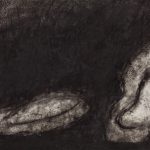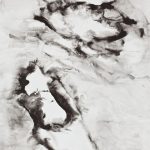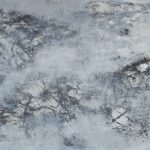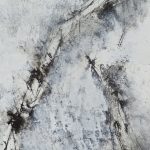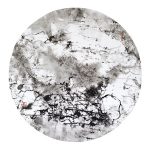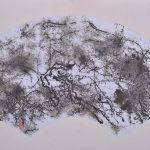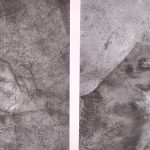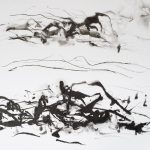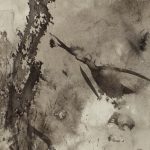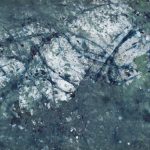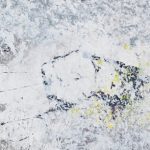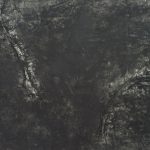AN INTERNATIONAL POETRY JOURNAL IN ENGLISH & CHINESE
Faces of the Dao
Ink and Brush Painting © Yang Jian
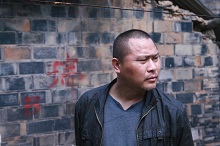
Poet and painter Yang Jian was born in 1967 in Ma’anshan, Anhui Province, China, and worked in a factory for over a decade. He began studying and writing poetry in 1986, and is a practicing Buddhist. Among his literary awards are the Liu Li’an Poetry Prize, the Rou Gang Poetry Prize, the Yu Long Poetry Prize, the China Top Ten Pioneer Poets Prize, the Poetry Prize of Media Awards for Chinese Literature, and the Luo Yihe Prize. His poetry collections include Dusk (2003); Beside the Ancient Bridge (2007); and Remorse (2009). His work was selected for the 2011 Copper Canyon anthology Push Open the Window: Contemporary Poetry from China, sponsored by the U.S. National Endowment for the Arts.
In 2008, Yang Jian began painting. Three years later, an exhibition of his ink and wash paintings was mounted by White Canvas Gallery in Nanjing. Beijing’s Today Art Museum opened a second exhibition in 2013.
楊鍵,1967出生,安徽馬鞍山人,1986年習詩。曾先後獲得首屆劉麗安詩歌獎、柔剛詩歌獎、宇龍詩歌獎、全國十大新銳詩人獎、第六屆華語傳媒詩人獎、駱一禾詩歌獎。出版詩集有《暮晚》(2003年河北教育出版社)、《古橋頭》(2007年上海文藝出版社)、《慚愧》(2009年臺灣唐山出版社)。
2008年開始畫水墨。
2011年在南京藝事後素辦水墨個展。
2013年在北京今日美術館辦水墨個展。
Note
Yang Jian’s technique, called shui mo (水墨), literally “water ink”, employs ink and brush with water wash, the frequently diffusive effect on paper resembling watercolor. While “Faces of the Dao” is abstract and expressionistic rather than representational, these paintings nonetheless honor the shan shui (山水) or “mountains and waters” aesthetic/philosophical tradition, a style first prominent in the 5th c. Liu Song dynasty.
Yang Jian says “I paint to express my deep connection to mountains and waters. Of course poetry and painting in China were long related, diverging only in modern times. From Wang Wei (8th c. Tang dynasty) to Gong Xian (17th c. Ming/Qing dynasties), landscape painting by poets was revered. Part of the Chinese pantheon, such art was placed at the center of the house, and venerated. When I paint, I arrive at moments when my soul seems to slip from my body. Landscape occupies a deeply primal region, to which in the end we all return. In writing, poetry holds the highest position. Landscape is likewise the summit of Chinese traditional painting. These are their proper places.”
楊鍵自述
我畫畫,純粹是因為與山水的一份親情,而且,詩與畫本是一家,直到近代以來才互不相識,而事實是,從詩人王維直至詩人龔賢的山水畫猶如神靈被供奉了千年,山水就是國人的神靈,所以國人把山水供奉在堂屋,如同把佛像供奉在家裡。
我畫畫很容易被筆下的山水帶至靈魂出竅的感覺,山水是最原初的存在,人就是要回到原初。
畫畫,以山水為正脈。
寫作,以詩為第一。
這本是常態。

